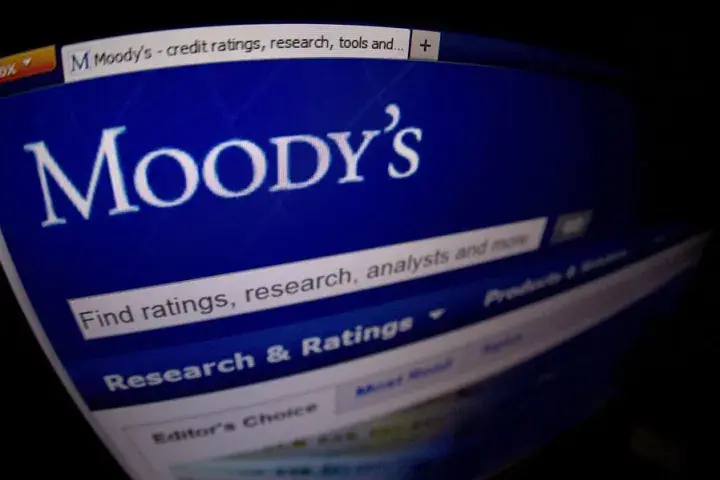Medical services provider Cano Health, Inc. ran out of cash and incurred a mountain of debt, part of a corporate healthcare sector spike in bankruptcies in early 2024.
Resources
Stay Ahead With In-Depth Analytics on Public And Private Companies


Clovis Oncology, Inc. has filed for bankruptcy due to the combination of poor sales tied to its cancer drug, Rubraca, and a significant debt load.

Animal pharma leader Akorn, Inc. had been in bankruptcy danger for several years. When a stern warning from the FDA and a failed takeover bid derailed their business, they were left with nowhere else to turn.

Optimal assessment of public company bankruptcy risk requires the balanced, holistic analysis provided by the FRISK® score.

The FRISK® score is a game-changing tool that combines several key inputs to assess bankruptcy risk. Here’s how bond agency ratings play a role.

The FRISK® score is a game-changing tool that combines several key inputs to assess bankruptcy risk. The first of a five-part look at these inputs, here’s how the stock market plays a role.

The FRISK® score is a game-changing tool that combines several key inputs to assess bankruptcy risk. Here’s how credit manager crowdsourcing play a role.

Credit professionals use CreditRiskMonitor®’s Trade Contributor Program to gain quality, real-time insights into their accounts receivable portfolio. We collect in excess of $2 trillion in trade data annually from our trade providers. After processing this data, we work with credit professionals to be more proactive and tactical with their accounts receivable to make healthier business decisions.

The FRISK® score is a game-changing tool that combines several key inputs to assess bankruptcy risk. Here’s how financial ratios play a role.